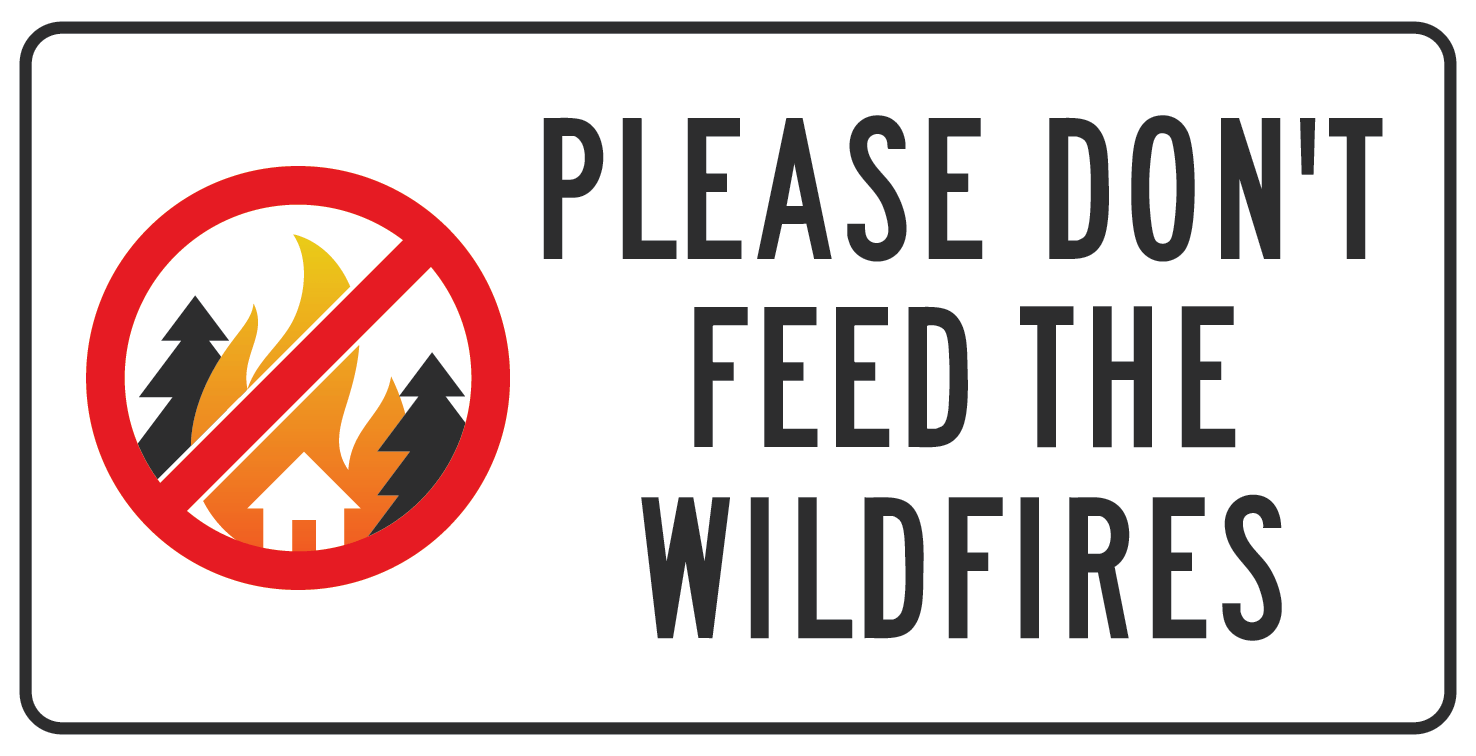Introduction
This GeoVisual Analytics (GVA) application addresses the critical challenge of wildfire budget allocation in Saskatchewan by enabling policy makers to explore complex spatial-temporal relationships between spending patterns, fire outcomes, and climate variables. Static budget reports fail to reveal multidimensional relationships essential for evidence-based decision making.
The application integrates data from the Canadian National Fire Database (1970-2020), provincial budget records, and Environment and Climate Change Canada climate indices through an interactive coordinated multiple views framework. This approach supports human-centered analytical reasoning by allowing users to iteratively explore data relationships and test hypotheses about optimal spending strategies.
Natural Resources Canada
Government of Saskatchewan
Environment and Climate Change Canada
- Climate Moisture Index - Calculated from historical climate records for La Ronge, SK
Research Methods
Coordinated Multiple Views framework
Interactive temporal filtering
Human-centered design principles
Evidence-based policy analysis
Multivariate relationship exploration
Coordinated Multiple Views framework
Interactive temporal filtering
Human-centered design principles
Evidence-based policy analysis
Multivariate relationship exploration
How to Use This Dashboard
Expand to full screen using the full screen button in the bottom right. Use the year slider at the bottom left to explore different time periods from 1970-2020. Watch how fire patterns and budget allocations change across five decades of data.
The top chart shows annual budget allocation (green line) versus fire activity trends (orange/red line). Notice how budget spikes often follow severe fire years, demonstrating reactive rather than proactive spending.
The bottom chart displays climate conditions over time. Brown indicates drier conditions that increase fire risk, while blue shows wetter periods. Notice the relatively wet conditions in 1970 compared to drier trends since then.
Click on any fire incident point to see specific details about location, date, and area burned. The symbol size is relative to number of hectares burned. The spatial distribution shows fire concentration in Saskatchewan's boreal forest region.
Compare budget effectiveness across similar climate years. Look for relationships between prevention spending and subsequent fire outcomes. Notice how fire frequency remains relatively constant despite public perception of increasing fires.
The coordinated views allow policy makers to test hypotheses about optimal spending strategies and examine evidence for shifting from reactive suppression to proactive forest management.
Interactive Dashboard: Saskatchewan Wildfire Management Data (1970-2020)
Use the controls above to explore 50 years of fire incident data, budget allocation patterns, and climate relationships across Saskatchewan's forest management regions.
Key Research Findings: Budget allocation patterns show reactive spending increases following severe fire years, such as the dramatic spike after 1981's 2.4 million hectare burn. Climate analysis reveals Saskatchewan experienced relatively wet conditions when data collection began in 1970, but has maintained fairly dry conditions since then according to the Climate Moisture Index. Contrary to public perception of dramatically increasing wildfire occurrence, the data demonstrates relatively consistent fire frequency patterns over the five-decade period.
Research Foundation: The Case for Proactive Management
Leading wildfire research by B.J. Stocks et al. demonstrates that proactive forest management strategies significantly outperform reactive suppression approaches in both cost-effectiveness and community protection. Decades of fire exclusion policies have created unnaturally high fuel loads, while climate change intensifies fire weather conditions. This research validates the economic rationale for shifting investment from emergency response to prevention-focused strategies including prescribed burning, fuel treatments, and forest thinning operations.
The evidence consistently shows that proactive investments during moderate fire years prevent catastrophic suppression costs during severe seasons, supporting policy recommendations for sustained prevention budgets rather than reactive spending spikes following emergency situations.
Protecting Your Property: FireSmart Principles
While government policy addresses landscape-level management, individual property owners can significantly reduce wildfire risk through FireSmart principles. These evidence-based practices include creating defensible space around structures, using fire-resistant building materials, and maintaining vegetation-free zones.
For comprehensive guidance on protecting your home or cabin from wildfire, visit FireSmart Canada at https://firesmartcanada.ca for detailed implementation strategies, assessment tools, and community resources.
Research Context & Methodology
This GVA application was developed as part of GEOG580 GeoVisual Analytics coursework at Penn State University. The research applies coordinated multiple views techniques and human-centered design principles to address real-world policy challenges in natural resource management. The methodology integrates established GVA frameworks with evidence-based policy analysis, demonstrating how interactive spatial-temporal visualization can transform complex administrative data into actionable insights for government decision-makers.
References
Cairns, J. (2025, June 16). Northern wildfires could cost Sask. economy over $500 million thus far. SaskToday.ca. https://www.sasktoday.ca/provincial-news/northern-wildfires-could-cost-sask-economy-over-500-million-thus-far-10812345
Gonschorek, J., Asche, H., Schernthanner, H., Bernhardt, B., Langer, A., Humpert, M., & Rabiger, C. (2015). Big Data in Civil Security Research: Methods to Visualize Data for the Geovisual Analysis of Fire Brigade Operations. In O. Gervasi, B. Murgante, S. Misra, M. L. Gavrilova, A. A. Rocha, C. Torre, ... B. O. Apduhan (Eds.), Computational Science and Its Applications -- ICCSA 2015 (Vol. 9157, pp. 415-425). Springer. doi:10.1007/978-3-319-21470-2_30
Hope, E. S., McKenney, D. W., Pedlar, J. H., Stocks, B. J., & Gauthier, S. (2016). Wildfire Suppression Costs for Canada under a Changing Climate. PLoS ONE, 11(8), e0157425. doi:10.1371/journal.
Marks-Block, T., & Tripp, W. (2021). Facilitating Prescribed Fire in Northern California through Indigenous Governance and Interagency Partnerships. Fire, 4(37). https://doi.org/10.3390/fire4030037
Nighbor, D. (2024, July 11). Canada's passive approach to forest maintenance is helping to fuel wildfire scourge. Canadian Biomass. https://www.canadianbiomassmagazine.ca/canadas-passive-approach-to-forest-maintenance-is-helping-to-fuel-wildfire-scourge/
Pettit, C., Coltekin, A., & Wu, B. (2015). Geovisual analytics: design and implementation. International Journal of Digital Earth, 8(7), 517-521. https://doi.org/10.1080/17538947.2015.1047172
Roberts, J. C. (2007, July 2). State of the Art: Coordinated & Multiple Views in Exploratory Visualization. Coordinated and Multiple Views in Exploratory Visualisation, (pp. 61-71). Zurich. doi:10.1109/CMV.2007.20
Rodriguez Gonzalez, M. I., & Torres Garrido, K. G. (2024). Geospatial data analytics for equitable forest resource management. Water and Environmental Sustainability. doi:10.52293/WES.4.2.2027
Stocks, B. J., & Martell, D. L. (2016). Forest fire management expenditures in Canada: 1970-2013. The Forestry Chronicle, 92(3), 298-306. https://doi.org/10.5558/tfc2016-056
Tymstra, C., Stocks, B. J., Cai, X., & Flannigan, M. D. (2020). Wildfire management in Canada: Review, challenges and opportunities. Progress in Disaster Science, 5. doi:10.1016/j.pdisas.2019.100045